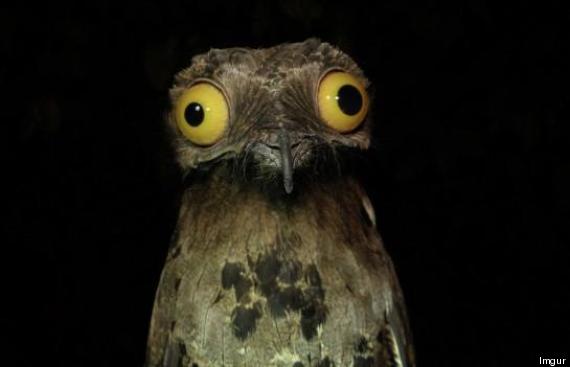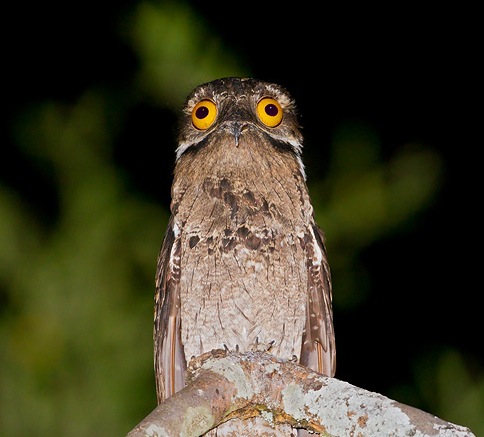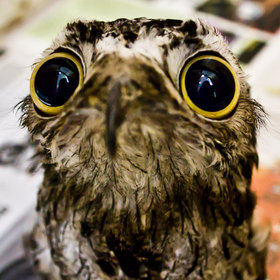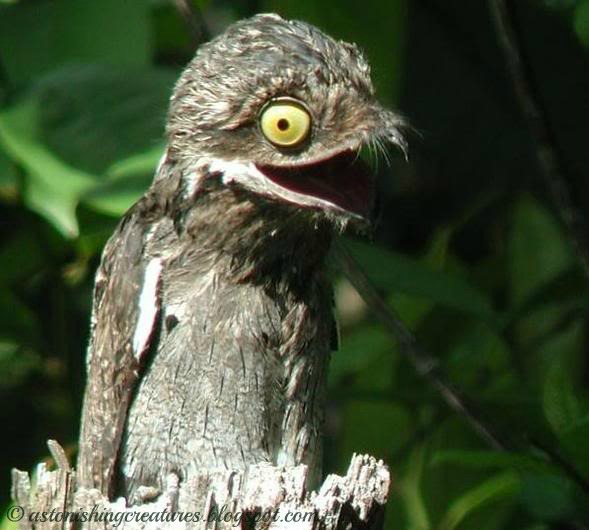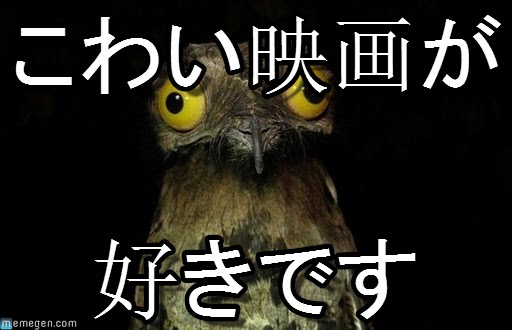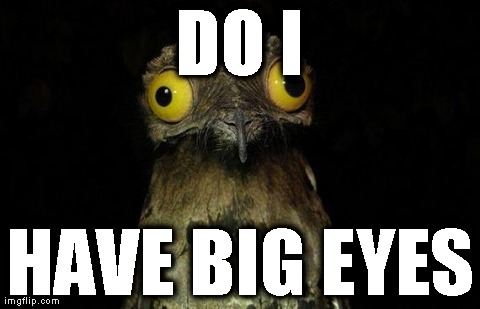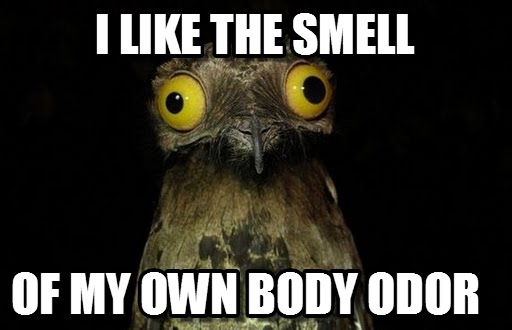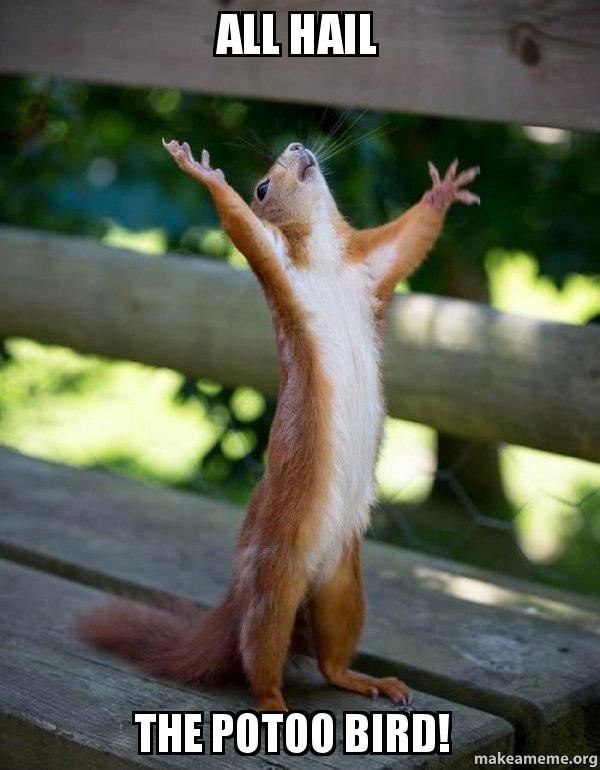The Potoo: Nature’s Most Surprised Bird
British birds are wonderful and hold their own private mysteries, but if you want to see some really weird birds, you have to fly further afield.
This feathered wonder — the potoo — dwells in the humid forests of Central America, South America, and the Caribbean.
The potoo is a relative of nightjars and frogmouths and, according to fossil records, its kin were spread quite widely across the world in ancient times. Remains have been unearthed as far away as Germany.
Despite the look of constant surprise spread across its plate-sized eyes, you’re not likely to see them very often. The potoo is a nocturnal insectivore, and an expert at both standing still and hiding. They rarely fly during the day.
During the day, the potoo sits on old wooden stumps, as bold as brass in the clear light of day. Their confidence comes from their incredible ability to blend in with bark.
Another interesting adaptation are the small slits in its eyelids; these allow the potoo to detect approaching shadows, even as it dozes in the balmy jungle warmth.
The slits also allow the potoo to keep it eyes closed, because they’re quite a giveaway to predators. In the Handbook of the Birds of the World, the authors describe potoos as “little more than a flying mouth and eyes.”
They don’t build nests, they just lay a solitary egg in a notch on top of their chosen stump and sit as still as they can for as long as they can.
The potoo are actually a group of species in the family Nyctibiidae. In all, there are seven extant species, but they all look very similar. The biggest is the great potoo, which grows up to 58 cm long.
Potoo Call
Here’s a recording of a potoo calling mournfully into the night, if you didn’t know how hilariously goggle-eyed it was, it might even sound a bit creepy. The call has earned the potoo a nickname — poor-me-ones — because the song sounds so very, very sad.
The potoo’s call has, perhaps unsurprisingly, made it into the folklore of some Amazonian tribes. This is from a paper called “Textuality, territory, and ontology among Amazonian peoples,” written by Michael Uzendoski:
“Iluku was sleeping with her brother, the moon, but when they were discovered, the moon left the earth to escape punishment. Iluku tried to follow her lover, but her flaw of being careless caused her to fall behind. The ladder that the moon-man had constructed fell apart and so Iluku became trapped here on earth.
Separated from her husband, during nights of a full moon, Iluku cries out to her husband because she can ‘see his face.'”
If you want to see these big mouthed birdies in action, here’s a video compilation of the common potoo, northern potoo, and great potoo flying and hiding in Costa Rica. They surely are a good looking bird:
Potoo Meme
If a bird ever leant itself to becoming a meme more than a potoo, I would like to meet that bird. They aren’t always particularly funny, but here are some of the “best.” (Don’t get your hopes up though, the one above is probably the funniest, and I don’t even know what it says):
MORE BIRDS:
VIDEO: SNAKE RAIDS BIRD’S NEST

